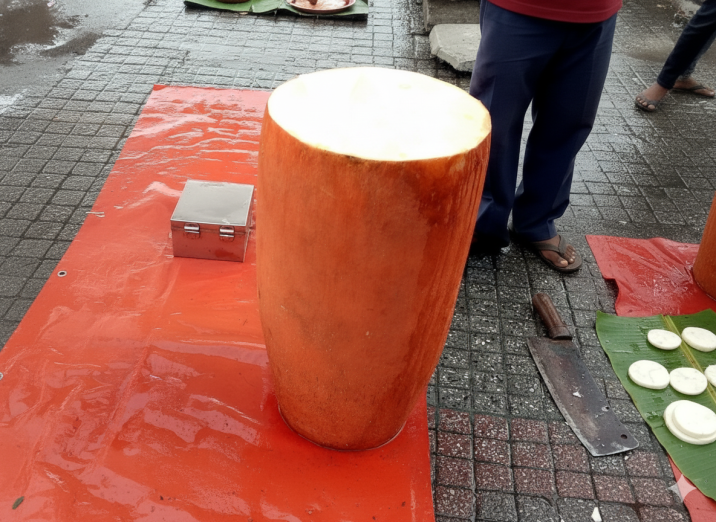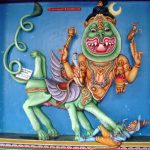
Ram Kand Mool, also known as Kandamool, is a forest root. It carries deep mythological and cultural value, especially in rural and tribal India. This root is famously linked to the Ramayana, as it was one of the primary foods Lord Ram, Sita, and Lakshmana survived on during their exile. Even after thousands of years, it plays an important role in regional festivals and Ayurveda, where it is valued for its health benefits.
Use in Regional Rituals
Tribal communities in Rajasthan, Maharashtra, and parts of Madhya Pradesh have long treated Kandamool as sacred. It represents survival, simplicity, and a strong bond with nature. During certain seasonal festivals, villagers and tribals collect and share this root, sometimes offering it in temples. These customs honor the forest and its role in sustaining life.
Dussehra Traditions
The Bhil tribe in Rajasthan continues an age-old practice of digging and eating Kandamool during Dussehra. This act is a sign of gratitude to nature and a way to preserve ancestral traditions.
In Maharashtra, while other offerings are more common, Kandamool is still honored in temples as a symbol of humility and respect for natural resources.
In some regions, it is also distributed as prasad, reminding people of Rama’s exile and victory over evil.
Health Benefits
Ram Kand Mool is rich in fiber, supports digestion, boosts immunity, and is known for its detoxifying properties. It also helps relieve cough, joint pain, and inflammation.
Kandamool is both food and medicine, deeply tied to India’s history and healing traditions. Celebrate this Dussehra with a taste of tradition by exploring the benefits of Kandamool and reconnecting with nature’s healing roots.
Image Credit: AI-generated image created with Google Gemini, November 19, 2025




